Culture plays a crucial role in shaping learning and development experiences. It influences not only the content we learn but also our engagement with materials and interactions with peers in educational settings.
For instance, diverse communication styles can affect motivation and collaboration among students. Recognizing these cultural dynamics is essential for fostering growth and building connections.
Intentionally incorporating various cultural perspectives into learning environments can enhance understanding and improve educational outcomes. This approach can lead to more inclusive, effective, and enriching experiences for all learners.
Definition of Culture
Culture encompasses a system of shared values, beliefs, customs, and practices that influence how individuals interact and perceive their surroundings. It forms the foundation of our cultural identity, affecting communication styles and celebratory traditions.
Engaging in cross-cultural interactions involves navigating a diverse landscape filled with unique backgrounds and experiences. Understanding culture is essential for forming deeper connections with others. Recognizing and appreciating diverse viewpoints fosters a sense of belonging, whether in community events or professional environments.
Every interaction serves as an opportunity for learning and growth, highlighting the distinct qualities that individuals contribute. Cultural identity significantly shapes one’s worldview, impacting interpretations of situations and responses to challenges.
Acknowledging and valuing surrounding cultures not only enhances personal experiences but also promotes inclusivity. Engaging with various cultures can be transformative, broadening perspectives and enriching the understanding of belonging.
Cultural Dimensions and Learning
Cultural dimensions play a crucial role in enhancing your learning experience. Understanding these dimensions enhances cultural intelligence and fosters effective communication across different cultures. This understanding not only broadens your perspective but also supports educational equity in diverse environments.
Here are three significant cultural dimensions to consider:
- Cultural Responsiveness: It’s important to acknowledge and honor the diverse backgrounds of your peers. This respect aids in forming identities and creates a sense of belonging within the learning community.
- Experiential Learning: Participating in hands-on activities that showcase varied perspectives allows for a deeper comprehension of traditional knowledge and its relevance within your community. For example, engaging in local cultural festivals can provide insight into the customs and values of different groups.
- Intercultural Collaboration: Collaborating with individuals from various cultures enhances awareness of diversity and fosters a sense of global citizenship. Working on projects that involve team members from different backgrounds can lead to innovative solutions and a richer learning environment.
Understanding these cultural dimensions is essential for personal growth and effective participation in an increasingly interconnected world.
Influence of Language on Education
Language plays a crucial role in education, influencing how students learn and connect with one another. In multilingual classrooms, language barriers can obstruct effective communication, making it necessary to tackle these challenges head-on. Incorporating bilingual education can enhance inclusivity, allowing all students to feel a sense of belonging.
Recognizing dialectical differences is vital for achieving educational equity. When teachers acknowledge various communication styles, they can modify their instructional approaches to better support each student’s language development.
Language immersion programs offer an effective strategy, enabling learners to engage thoroughly with a new language while also valuing their own cultural backgrounds. This approach not only enhances language skills but also enriches students’ overall educational experiences.
Social Norms and Learning Styles
Social norms significantly influence how individuals learn.
These cultural preferences often determine which learning styles are prioritized or supported within various communities. Recognizing this relationship is essential for tailoring one’s educational approach to align with their cultural identity.
For instance, in some cultures, collaborative learning and group discussions may be highly valued, while others might emphasize individual study and self-directed learning.
This understanding can lead to a more effective and resonant educational experience.
Cultural Learning Preferences
Cultural learning preferences significantly influence how individuals acquire knowledge, interact with their surroundings, and participate in educational settings. Recognizing these preferences is essential for enhancing personal learning experiences and affirming cultural identity.
Here are three important aspects to consider:
- Experiential Learning: Numerous cultures prioritize hands-on experiences. Engaging directly with cultural artifacts or traditional practices allows for an immersive learning experience, creating stronger ties to ancestral wisdom.
- Community Engagement: Learning frequently occurs within communal spaces where the influence of peers is substantial. Sharing cultural stories during group activities can enhance emotional understanding and foster a feeling of inclusion.
- Learning Rituals: Various cultures have distinct learning rituals that strengthen connections to heritage. Actively participating in these rituals can enrich your knowledge and appreciation of your culture while cultivating respect for diverse traditions.
Influence of Social Norms
Social norms play a crucial role in shaping learning styles and educational experiences. They influence how you interact with peers and engage with your community, establishing a framework for how you acquire knowledge. For example, in certain cultures, collaborative learning is the norm, promoting teamwork and social support as key elements of education.
Cultural rituals embody moral values that contribute to identity formation, impacting how you see your place within group dynamics. Engaging in these rituals helps create a shared memory that fosters a sense of belonging. This collective experience can enhance your learning, as you benefit from the insights and experiences of others.
Furthermore, societal roles dictate your approach to education. In communities that prioritize academic excellence, you might feel driven to achieve high grades, whereas in environments that value creativity, you may focus more on innovative thinking.
Understanding these influences enables you to navigate your educational journey effectively, adapting your learning style to align with your surroundings. Recognizing the significance of social norms empowers you to employ various learning strategies that resonate with both your personal identity and the culture you’re part of.
Role of Family in Development
The role of family in a child’s development is profound and multifaceted. Families significantly influence how children grow, learn, and perceive the world. Various elements such as parenting styles, cultural values, and emotional support create a vital framework for a child’s educational journey. Here are key ways family impacts development:
- Family Involvement: When families actively participate in their child’s education, it fosters a sense of belonging and motivates children to strive for success. For example, attending school events or helping with homework demonstrates commitment and support.
- Intergenerational Influence: Values and traditions handed down through generations shape children’s views and attitudes toward learning. For instance, a family that prioritizes education may instill a strong work ethic and curiosity in their children.
- Communication Patterns: Healthy communication within families nurtures emotional well-being and builds self-confidence. Regular discussions about feelings and experiences help children articulate their thoughts and develop social skills.
Socioeconomic factors also significantly affect educational opportunities, expectations, and resources available to families.
When families embrace traditions and instill core values, they create an enriching environment that fosters growth. The emotional support received from family members can enhance resilience and motivation, equipping children to face challenges effectively.
Understanding these dynamics highlights the critical role of family in shaping learning experiences and overall development. Recognizing this influence can empower individuals to navigate their personal and academic paths more effectively.
Cultural Attitudes Towards Failure
Cultural attitudes towards failure play a significant role in shaping how individuals respond to setbacks. These perspectives can vary greatly across different societies, influencing both personal growth and resilience. In cultures where failure is viewed as a necessary part of the learning process, people tend to adopt a growth mindset. This attitude fosters educational resilience, allowing individuals to tackle challenges with optimism and a willingness to take risks, which ultimately fuels innovation.
The stories and beliefs within a culture can dictate emotional reactions to failure. In environments that prioritize learning from mistakes, individuals are more likely to embrace feedback as a means of personal development. On the other hand, cultures that impose strict definitions of success may associate failure with shame, creating barriers to learning and placing immense pressure on individuals to achieve high standards, which can hinder personal growth.
Recognizing these cultural attitudes enables individuals to navigate their own experiences more effectively. Understanding the different perspectives on failure can lead to finding a community that values resilience and supports risk-taking.
Embracing the lessons that come from failure can reshape one’s approach to learning, fostering a mindset that prioritizes growth and connection. The way failure is perceived can significantly influence the journey towards success.
Diversity in Learning Environments
Diversity in learning environments plays a crucial role in shaping educational experiences. Understanding various cultural perspectives can greatly enhance engagement and comprehension among students from diverse backgrounds.
Implementing inclusive learning practices fosters collaboration, allowing students to share their unique viewpoints. This exchange enriches the overall learning process, creating a dynamic and supportive educational atmosphere.
For instance, group projects that incorporate different cultural insights can lead to more innovative solutions and a deeper understanding of the subject matter. Embracing diversity not only benefits individual learners but also strengthens the educational community as a whole.
Cultural Perspectives on Learning
Cultural perspectives on learning highlight the diverse ways in which education is approached across various communities. Understanding these perspectives enhances cultural intelligence and promotes inclusivity in educational settings.
Recognizing the unique learning traditions rooted in history can significantly enrich educational experiences. For instance, some cultures emphasize collaborative learning, while others might focus on individual achievement.
Engagement in community activities plays a crucial role in fostering educational equity and building connections among diverse groups. This involvement can enhance intercultural communication and deepen mutual understanding, creating a more cohesive learning environment.
Incorporating cultural artifacts into lessons can also bridge gaps between different identities. For example, using traditional stories, art, or music from various cultures can make learning more relatable and meaningful, allowing individuals to connect with their own and others’ identities.
Inclusive Learning Practices
Inclusive learning practices play a crucial role in fostering diverse educational environments that meet the needs of all students. These strategies embrace culturally responsive pedagogy, which helps educators connect with each learner by appreciating their unique backgrounds and experiences. This approach not only cultivates a sense of belonging among students but also enhances their engagement and motivation to learn.
Implementing inclusive assessment practices ensures that every student has an equitable chance to showcase their understanding. This involves recognizing various learning styles and offering a range of assessment methods that align with individual strengths. Such an environment empowers each student, making them feel valued and capable of achieving success.
It is also vital to adjust teaching methods to accommodate the diverse needs present in your classroom. Promoting collaboration among students from different cultural backgrounds fosters empathy and understanding. This enriches the educational experience and contributes to building a community that honors diversity.
Collaborative Learning Environments
Collaborative learning environments play a crucial role in enhancing the educational experience for students from diverse backgrounds. These settings promote inclusivity, enabling individuals to connect and learn from one another’s unique perspectives.
Here are three significant benefits of such environments:
- Peer Feedback: Interaction with classmates provides opportunities to exchange ideas and receive constructive feedback. This collaborative process not only strengthens understanding but also fosters teamwork and builds trust among students.
- Cultural Celebrations: Collaborating with peers allows for the integration of diverse cultural perspectives, which enriches the learning process. Recognizing and celebrating these differences cultivates a sense of community and promotes global awareness.
- Shared Resources: Working together encourages experiential learning through shared resources. Collaborative projects help students develop conflict resolution skills and leverage collective intelligence, enhancing overall problem-solving abilities.
In these environments, students learn to navigate differences, creating a space where everyone feels appreciated.
Engaging in discussions leads to new ways of thinking and problem-solving, preparing individuals for a diverse world. By building trust and promoting collaboration, a vibrant learning atmosphere emerges, ensuring that every voice is acknowledged and valued.
Impact of Technology on Learning
Technology significantly influences learning in today’s digital world. It changes conventional teaching methods into engaging, interactive experiences, equipping you with tools that enhance communication and collaboration. With virtual classrooms and dynamic platforms, you can work alongside peers globally, gaining insights from various viewpoints that deepen your understanding.
Here’s a brief overview of some key technologies transforming your educational experience:
| Technology | Benefits |
|---|---|
| Gamified Learning | Boosts motivation and engagement |
| Mobile Education | Facilitates learning anytime, anywhere |
| Augmented Reality | Enhances comprehension through immersive experiences |
Access to online resources and multimedia content builds digital literacy, a vital skill for navigating today’s complex world. E-learning tools and remote training options allow you to tailor your education to suit your individual needs. These innovations expand your learning opportunities, making education not only effective but also enjoyable. Embracing these technologies fosters a sense of community focused on continuous improvement and personal growth. Engage fully and discover the numerous ways technology can enhance your educational journey!
Case Studies in Cultural Contexts
Cultural contexts significantly influence learning experiences and outcomes in education. Understanding these contexts is essential for creating effective educational environments that promote equity and enhance communication across cultures.
Examining various case studies reveals key themes that can improve educational practices by focusing on cultural adaptation and community involvement.
Three notable insights emerge from these studies:
- Indigenous Knowledge: Integrating indigenous knowledge into educational curricula supports students in forming their identities and allows them to connect meaningfully with their cultural heritage.
- Multicultural Curricula: The adoption of multicultural curricula enriches experiential learning opportunities, empowering students to appreciate diverse perspectives and understand the impacts of globalization.
- Cultural Intelligence: Fostering cultural intelligence among both educators and learners creates an inclusive atmosphere that values each individual’s unique background.
These findings highlight the importance of understanding the specific cultural contexts of learners to foster a sense of belonging.
Prioritizing these elements not only enhances learning outcomes but also prepares students to engage with a diverse world, celebrating their differences while contributing to a cohesive community.
Strategies for Culturally Inclusive Learning
Creating a culturally inclusive learning environment is essential for fostering understanding and respect among students from diverse backgrounds.
To achieve this, it’s important to use learning materials that showcase a variety of cultural perspectives. Engaging students in collaborative group activities enhances their ability to appreciate different cultures and promotes a sense of community.
This approach not only enriches their learning experience but also ensures that every student feels valued and included. For instance, incorporating literature from various cultures or using case studies that highlight diverse experiences can help students connect with the material on a deeper level.
Such strategies ultimately contribute to a more harmonious and enriching educational atmosphere.
Diverse Learning Materials
Incorporating diverse learning materials into your curriculum plays a vital role in fostering an inclusive environment that honors and appreciates all cultures. By utilizing a broad range of resources, you enhance the educational experience and cultivate a sense of belonging among students.
Here are three effective strategies to achieve this:
- Utilize multimedia resources: Integrate videos, podcasts, and interactive content that highlight a variety of cultures and viewpoints. This approach actively engages students and accommodates different learning preferences.
- Encourage hands-on activities: Provide students with opportunities for experiential learning. Motivate them to explore local knowledge through projects that involve community members or cultural artifacts, allowing them to connect with diverse perspectives.
- Employ storytelling techniques: Share narratives from various backgrounds with the support of visual aids. Storytelling captivates students and enables them to relate to different cultures on a personal level, deepening their understanding.
Implementing these strategies not only enriches the curriculum but also enhances students’ appreciation of diversity, ultimately preparing them for a multicultural world.
Collaborative Group Activities
Collaborative group activities are essential for creating inclusive learning environments that respect and celebrate cultural diversity. These activities enhance peer interactions, helping participants feel a sense of belonging. Teamwork is at the core of these experiences, as individuals bring their unique perspectives to the table, enriching the overall learning process.
As groups tackle challenges together, they develop strategies that reflect a variety of viewpoints. When responsibilities are shared, trust builds among members, fostering an environment where everyone feels valued and empowered.
Exposure to different communication styles can also enhance cultural understanding and facilitate effective discussions. Navigating differing opinions can lead to conflict resolution, an important skill that strengthens team dynamics while promoting respect and empathy.
Participants often have the chance to take on leadership roles, encouraging them to guide the group and enhance their leadership abilities. Engagement in these collaborative activities cultivates a supportive atmosphere, motivating individuals to participate fully.
Embrace these opportunities to enhance your cultural awareness and interpersonal skills, which are vital in today’s interconnected world.
Conclusion
Culture plays a significant role in shaping learning and development in educational settings. Understanding the diverse cultural backgrounds of students can enhance teaching effectiveness and foster an inclusive atmosphere. When educators acknowledge and incorporate cultural dimensions into their practices, they not only enrich the learning experience but also prepare students to navigate a multicultural world. Creating an inclusive environment is essential for empowering students, as it recognizes and values every individual’s unique perspective. This approach transforms classrooms into dynamic spaces where all voices are heard and respected, ultimately shaping a brighter future for all learners.

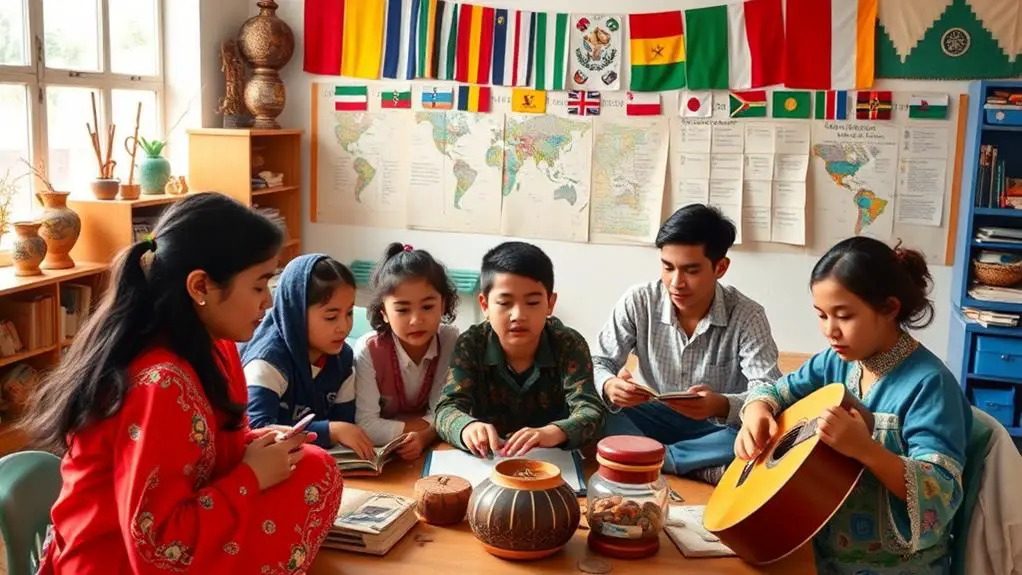
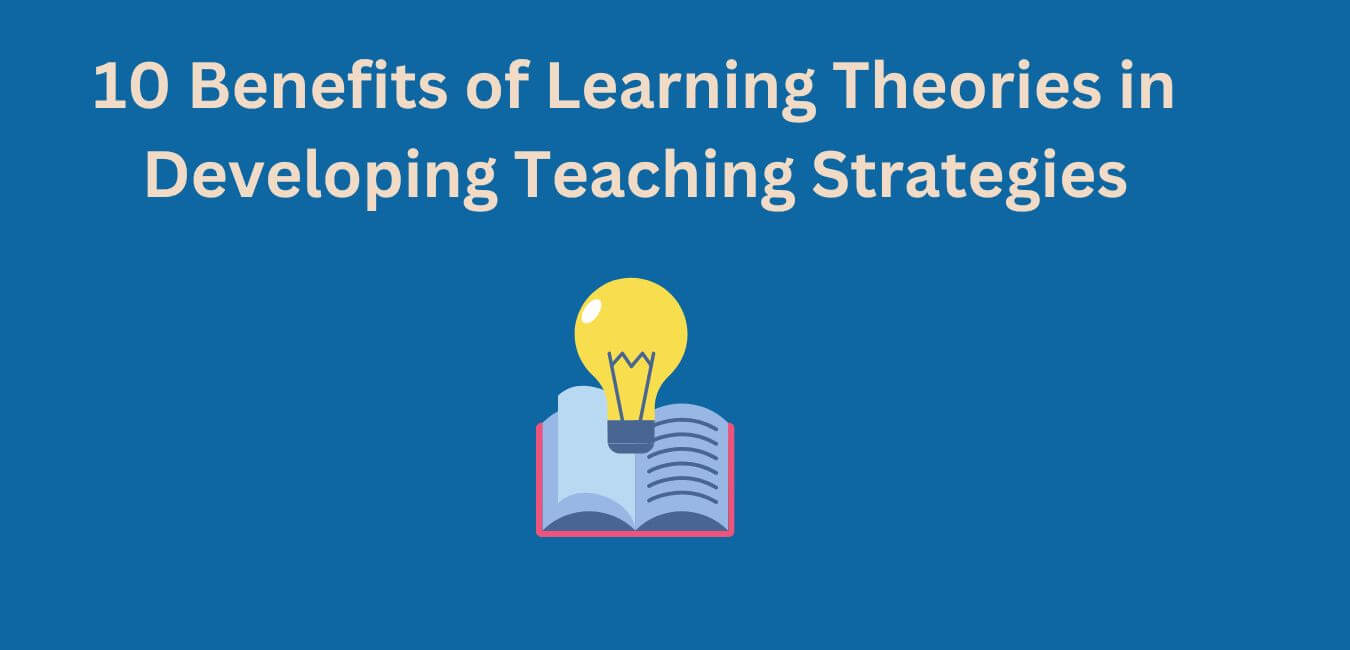
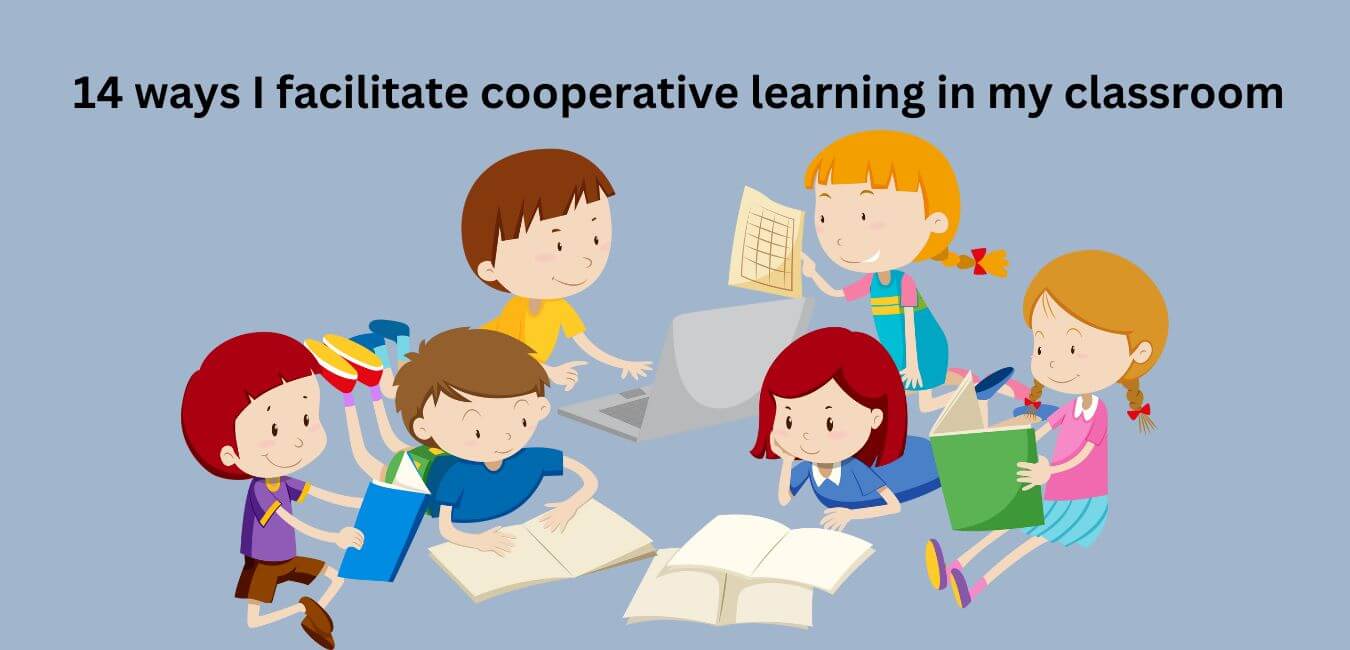

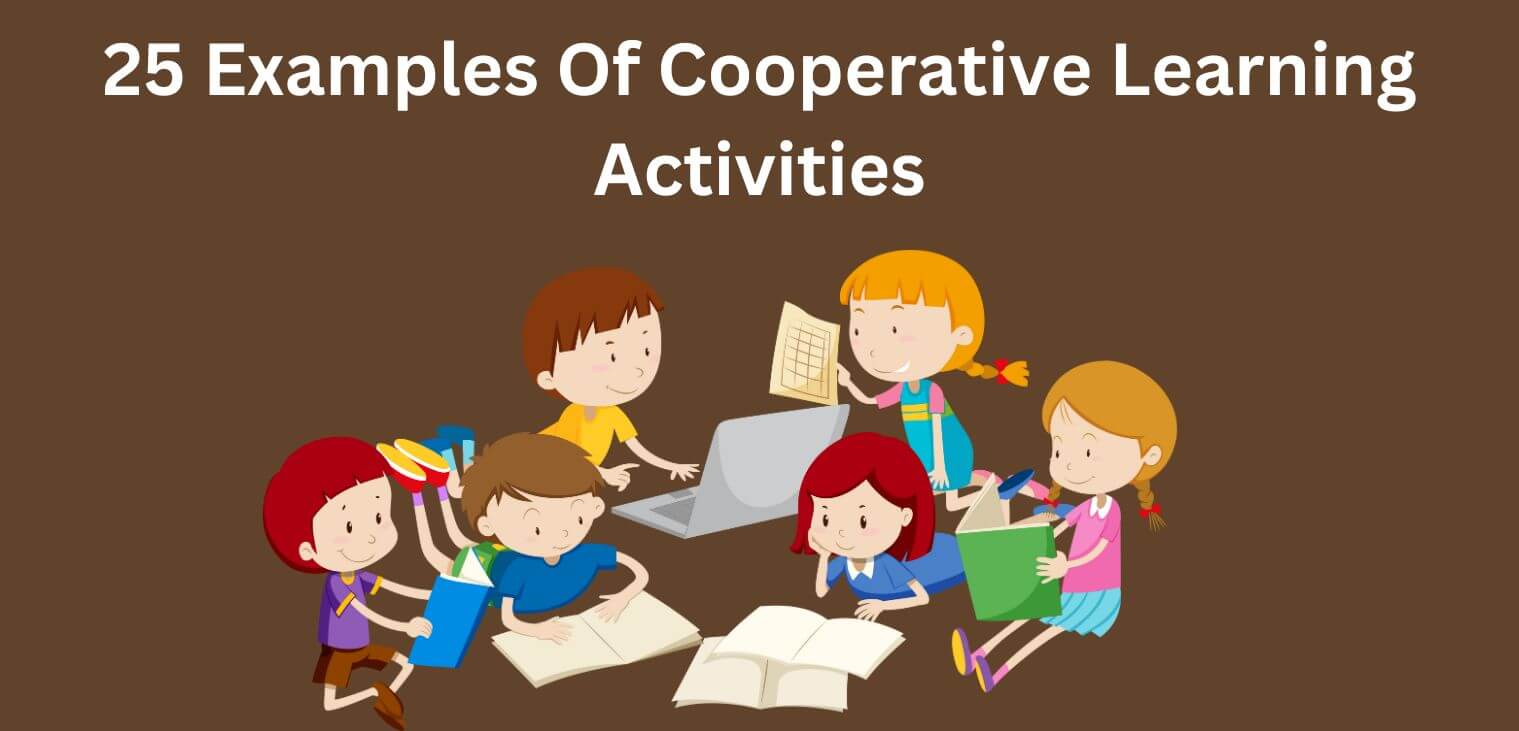

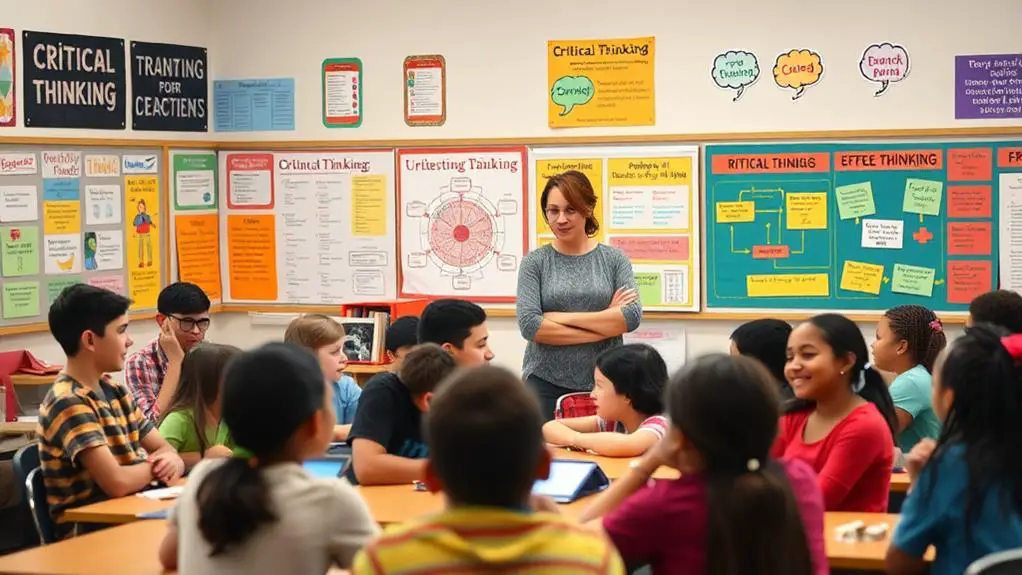
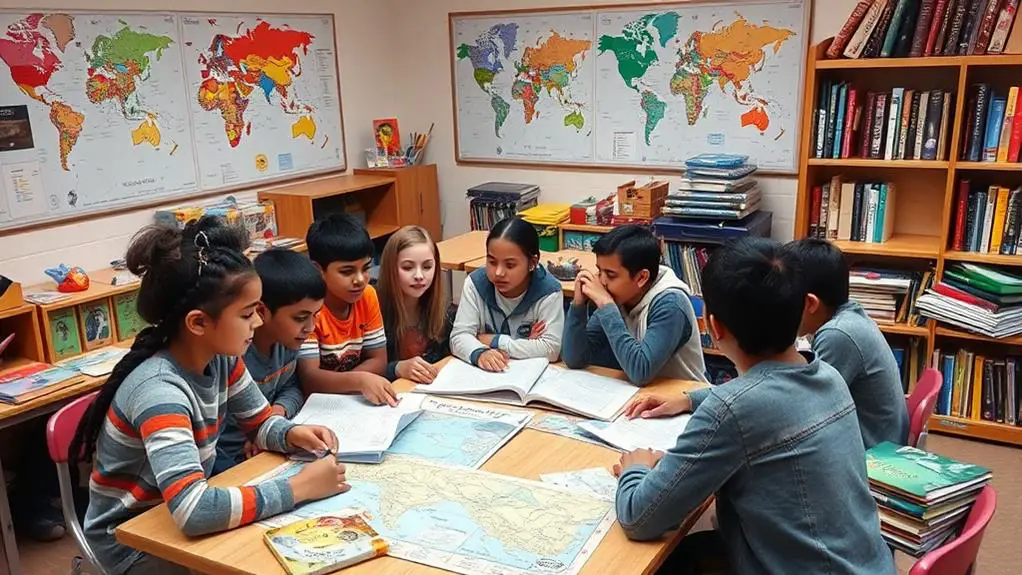
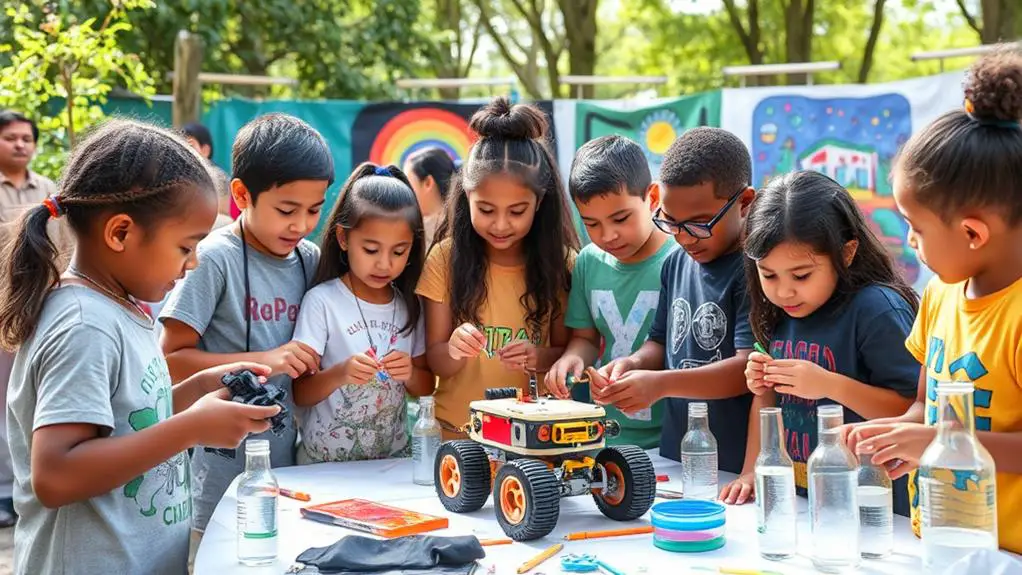
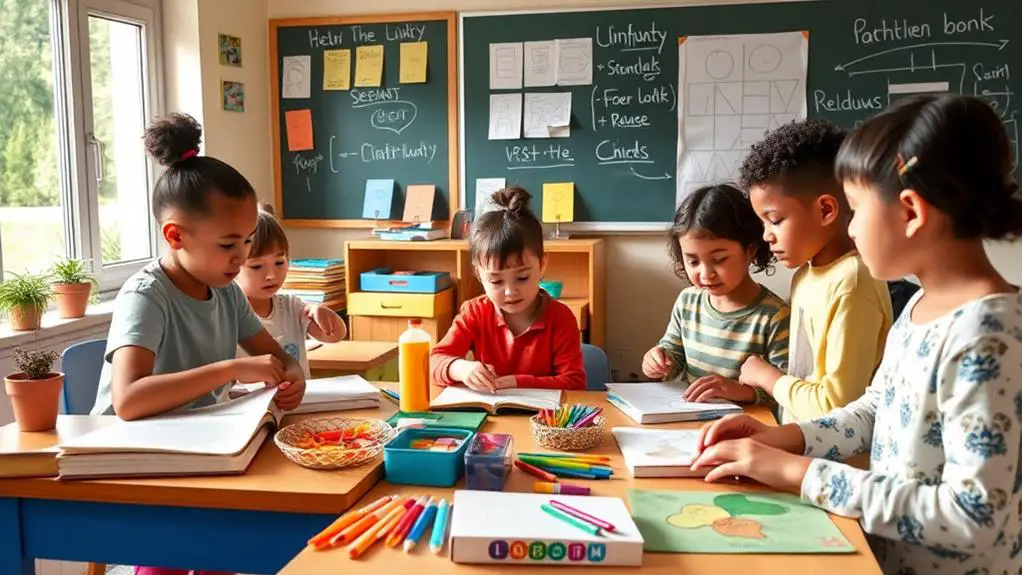
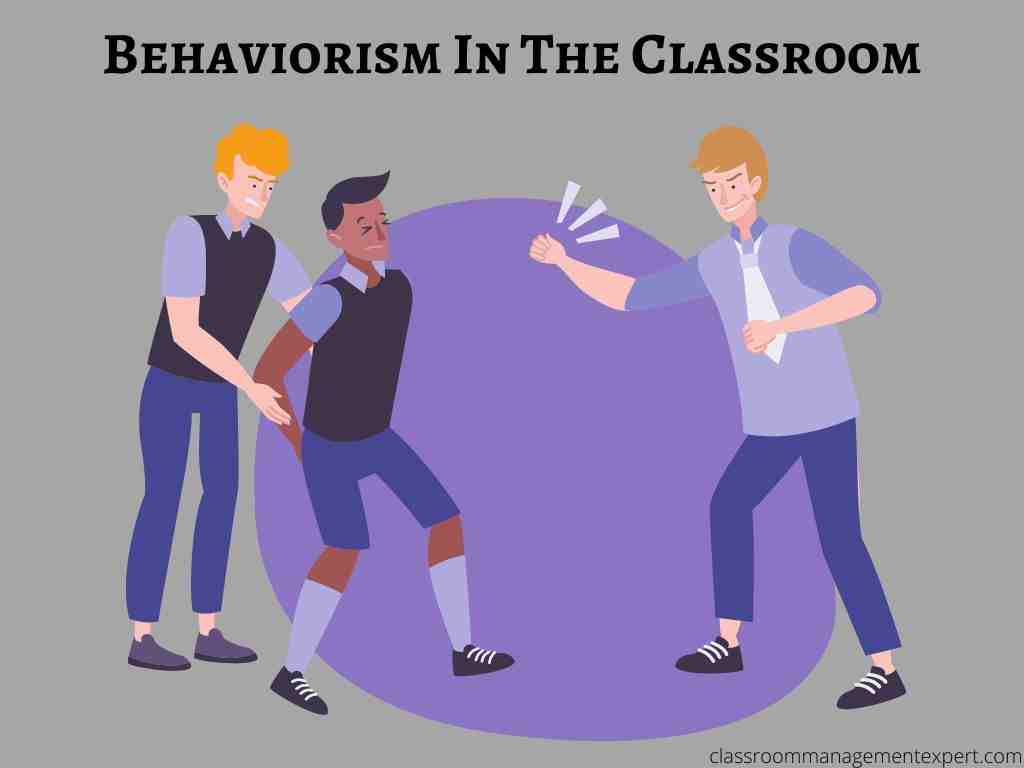
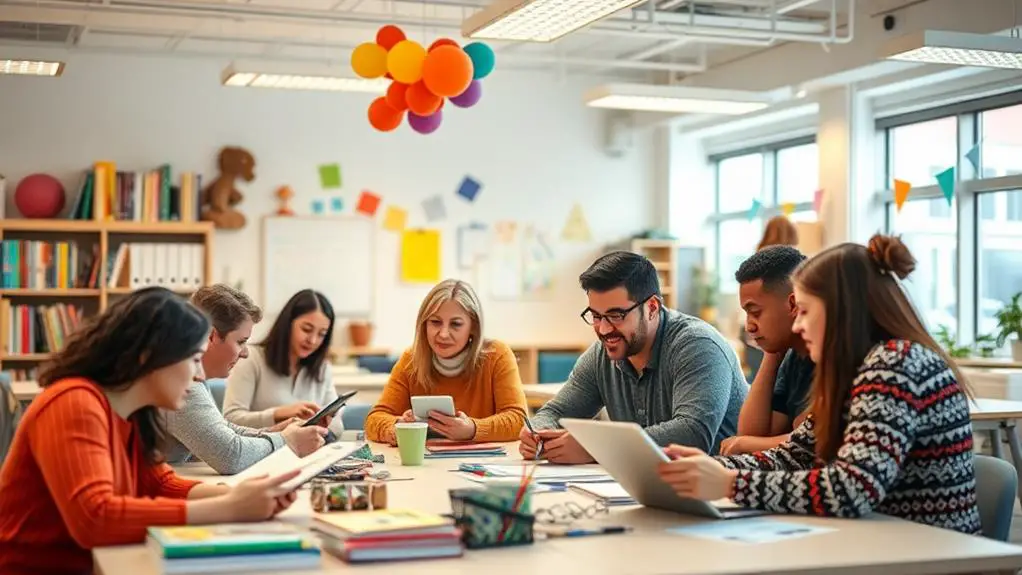
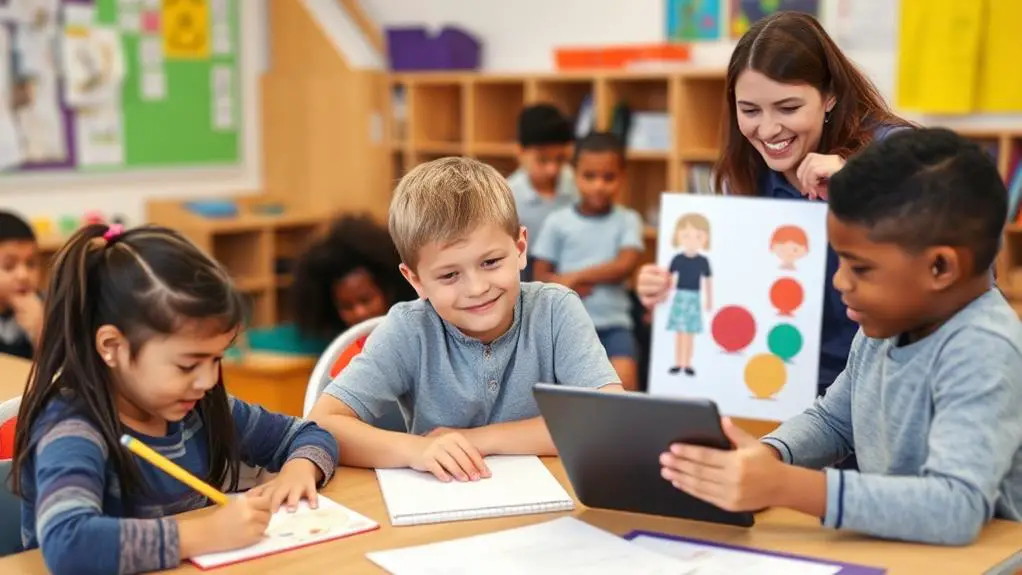




Leave a Reply